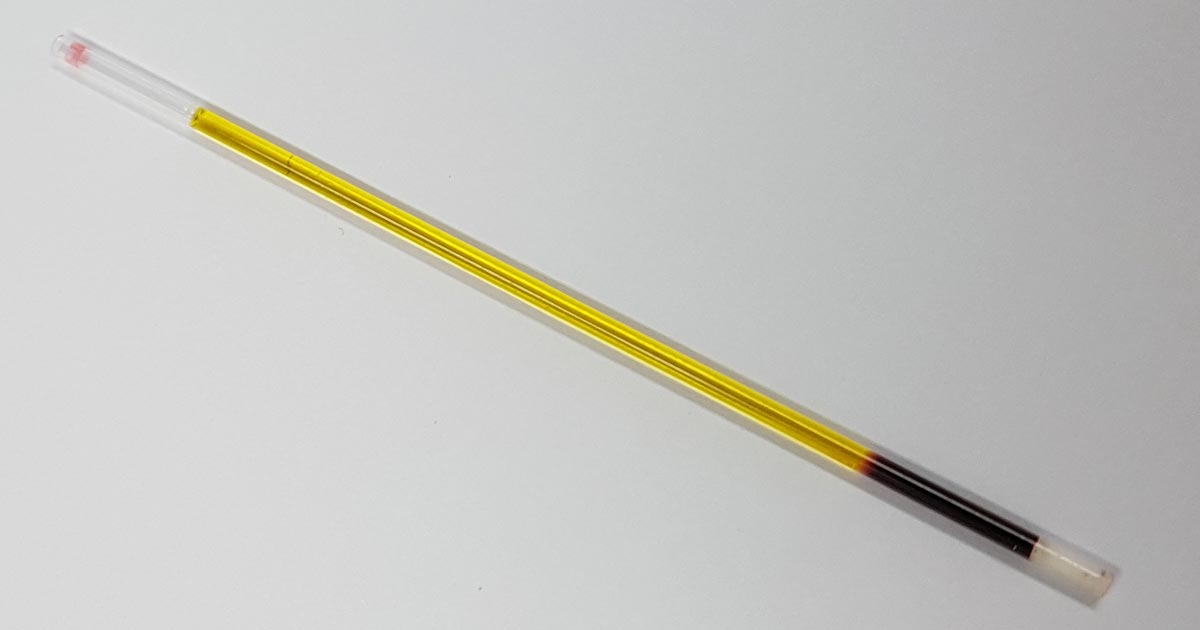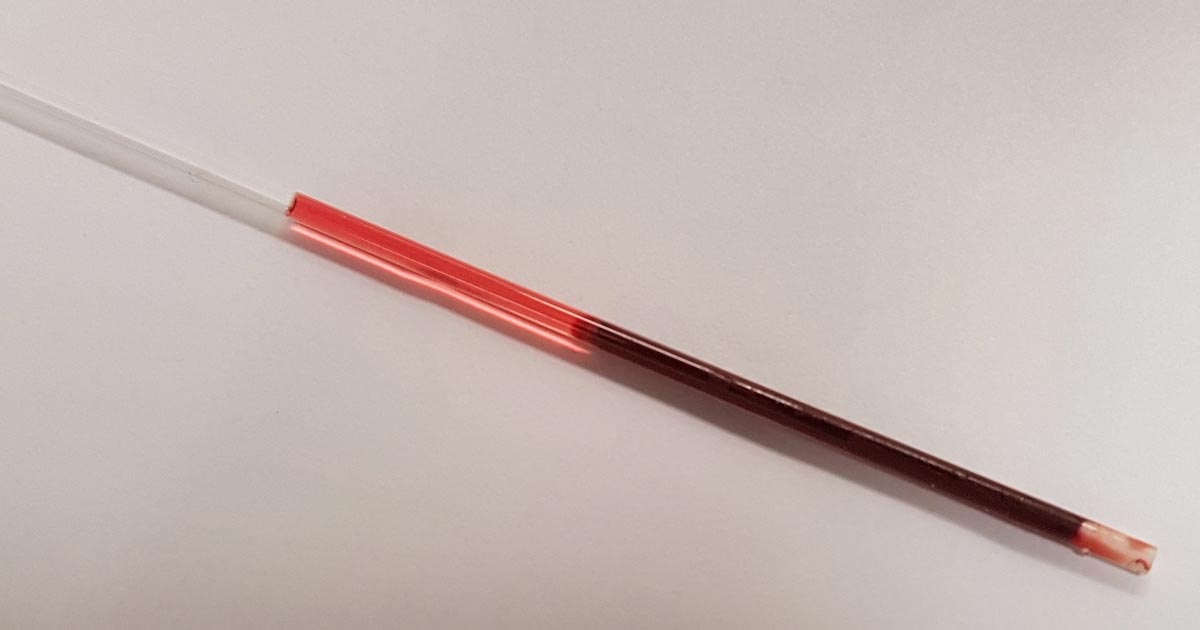Tag: cholesterol
-

Icteric serum
—
by
The final discolouration of the serum we are going to cover is icteric serum. Icteric serum is caused by the presence of excess bilirubin in the blood stream as a result of increased production (pre-hepatic) or inappropriate excretion (hepatic and post-hepatic). The most common cause of pre-hepatic icterus is haemolytic anaemia, while hepatic disease and…
-

PCV/total solids interpretation: serum colour
—
by
When interpreting the often misinterpreted and underused PCV and total solids test, it is important to take note of the serum colour as this may give clues into the diagnosis. The most common abnormalities seen in clinic are icteric, haemolysed and lipaemic serum. Clear serum can also be of importance – especially when you interpret…
-

RCVS council election manifesto: Thomas Lonsdale
—
by
THOMAS LONSDALE BVetMed, MRCVS PO Box 6096, Windsor Delivery Centre, NSW 2756, Australia. T +61 2 4577 7061 M +61 437 2928 00 E tom@rawmeatybones.com PROPOSERS: Roger Meacock, Andrew Stephens 1980s – woke from vet-school induced stupor to realisation junk pet-food industry relies on bogus science and negligent vet “profession”. 1991 – Blew whistle on…
-
It’s worth ruling out hypothyroidism if blood cholesterol is elevated
—
by
To be truthful, I have a bit of a blind spot when it comes to hypothyroidism. I often find few dogs follow the traditional textbook description of the clinical signs. I have seen two cases of late with elevated cholesterol, but no hair loss, unexplained weight gain, heat seeking and mucinous skin thickness. Both cases had blood…
-
Gallstones in dogs
—
by
Gallstones are rare in dogs. They consist mostly of calcium bilirubinate and/or cholesterol, and are therefore usually radiolucent. Gallstones may enter the common bile duct and occlude it to cause extrahepatic and bile duct rupture. The signs are usually those of extrahepatic cholestasis from obstruction of the common bile duct. Sometimes more acute signs of…